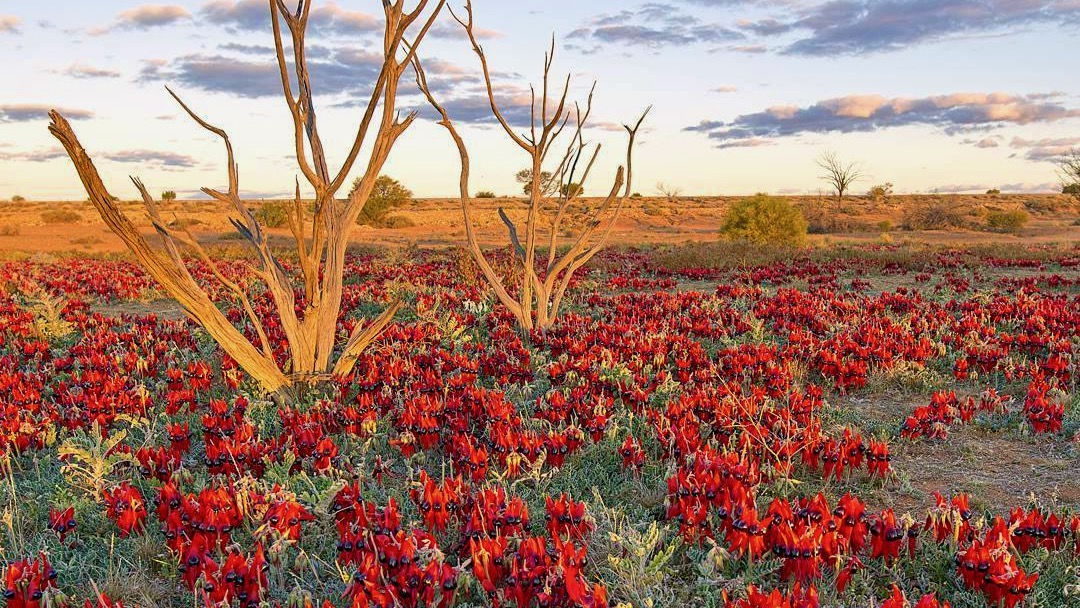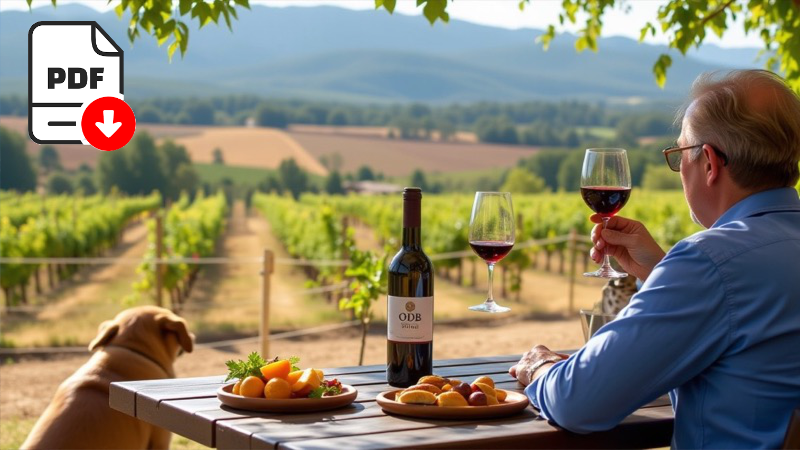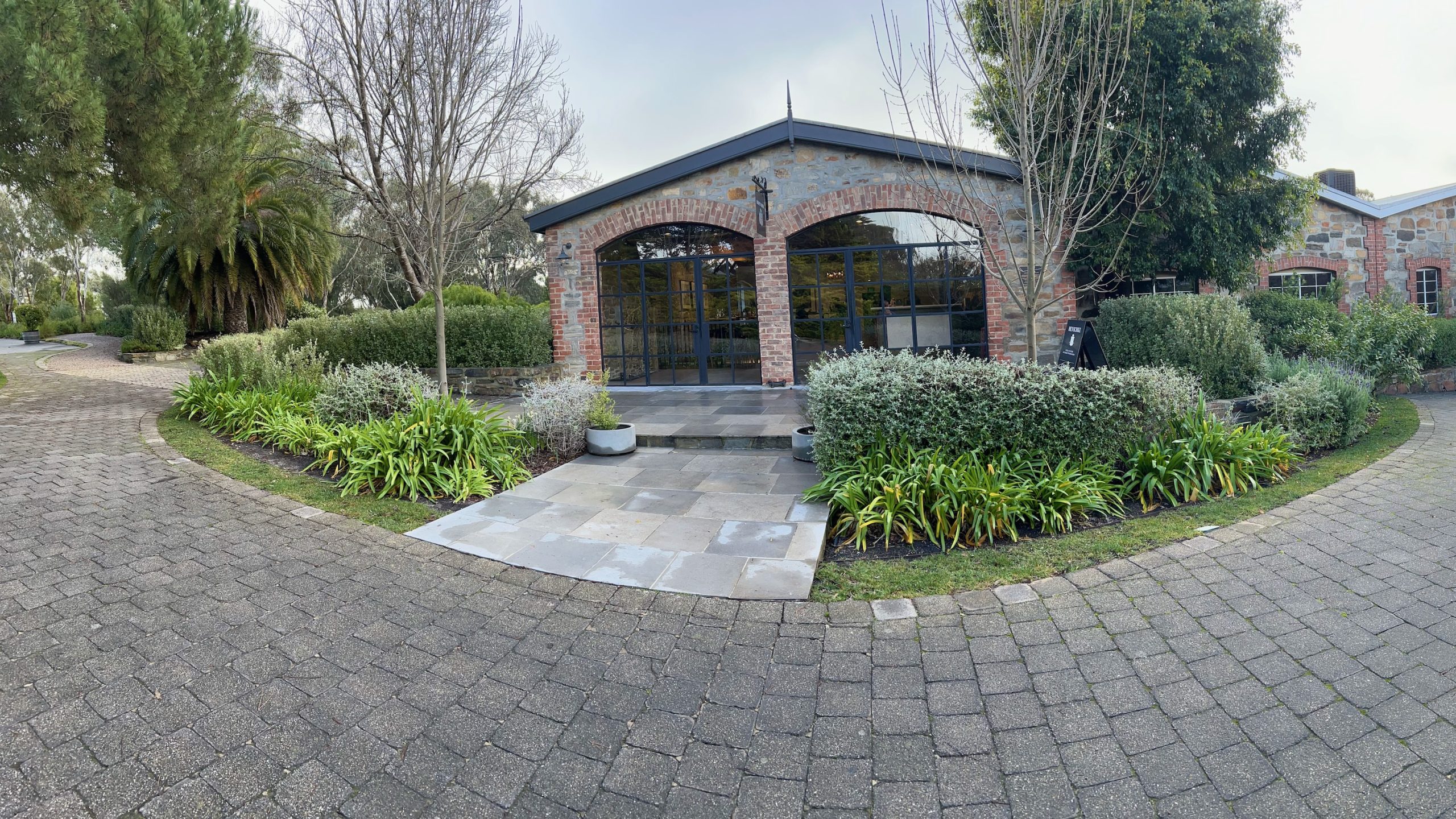Best times to experience Australia’s wildflowers
There’s something magical about standing in the middle of a blooming wildflower field, surrounded by colour, scent, and the gentle hum of life waking up after winter.
I’ve chased wildflowers across Australia in everything from a dusty ute to a bicycle, and I reckon it’s one of the most underrated ways to see this country’s landscapes at their finest. From WA’s sweeping carpets of everlastings to QLD’s bursts of native orchids, knowing when and where to go can mean the difference between a decent walk and a jaw-dropping explosion of colour.
Chasing colour: why Australia’s wildflowers are a must-see
Australia wildflowers are unlike anything you’ll see overseas. We’ve got more than 24,000 native species, and many grow nowhere else in the world. What I’ve come to love is how different each region feels. Some are subtle — delicate whites and purples nestled amongst spinifex — while others are full-blown riots of pinks, yellows, and oranges that stretch to the horizon. For travellers chasing spring wildflowers, a well-timed visit can become the highlight of a whole trip.
Kings Park, Perth – a wildflower wonderland
Kings Park Perth isn’t just a nice spot for a stroll — it’s one of the biggest inner-city parks on the planet, and during wildflower season, it’s a showcase of WA’s biodiversity. I went in early September and honestly didn’t know where to look first. There were kangaroo paws by the hundreds, rare blue Leschenaultias, and every shade of everlasting daisy you could imagine.
The Kings Park Festival runs all September and includes guided walks, talks, and pop-up displays. It’s easy to access, family-friendly, and there’s good coffee nearby. If you want to see native wildflowers without heading into the bush, this is a no-brainer.
When is the best time to see wildflowers in Australia?
Wildflower season Australia-wide varies by region and rainfall. As a rough guide:
- Western Australia (north to south): June to November, peaking September
- South Australia & Victoria: August to October
- NSW & QLD highlands: September to November
- Tasmania: December to early January
The best time to see wildflowers is usually a few weeks after solid winter rains. Keep in mind that bloom timing shifts year to year, depending on how generous the weather’s been. If you’re planning a trip, check local visitor centres and wildflower trackers before you go.

Sturt’s Desert Pea in flower is a stunning sight
Other stunning wildflower regions to add to your list
If you’ve got more time, or just love a good wildflower trail, here are a few extra spots that’ve never let me down:
- Fitzgerald River National Park, WA – rugged coastlines and over 1,800 plant species
- Grampians, VIC – wildflower trails in October, especially around Halls Gap
- Flinders Ranges, SA – desert blooms after a good rain, especially in Wilpena Pound
- Namadgi, ACT – high country heathland flowers in late spring
- Tablelands region, QLD – native orchids and rainforest edges from October onwards
Each region has its own charm — it’s not just about flowers, but the whole landscape they bloom in.

Hovea purpurea in flower at Girraween National Park
More information and resources
-
Kings Park Festival events and flora guide
https://www.bgpa.wa.gov.au/kings-park/events/festival -
Girraween National Park visitor info and maps
https://parks.des.qld.gov.au/parks/girraween -
WA Wildflower Tracker (regional updates)
https://www.wildflowercountry.com.au/wildflowers -
Victorian wildflower walks – Parks Victoria
https://www.parks.vic.gov.au/whats-on/wildflower-walks -
Australian Plant Society – Wildflower spotting tips
https://apsaustralia.org.au/wildflower-spotting/
Girraween National Park – Queensland’s granite bloom
Inland from Stanthorpe, Girraween National Park is a completely different experience. Think big granite outcrops, crystal-clear creeks, and spring wildflowers dotting the landscape like confetti. I was there late October one year and hit peak blooming season — pink triggerplants, white paper daisies, and the iconic pea flowers lighting up the trails.
The Granite Arch Walk is a great short loop to see a variety of flora without needing to hoof it for hours. For a bit more adventure, the Mt Norman day hike offers panoramic views and isolated pockets of wildflower heaven.
Girraween’s elevation means it stays cooler than surrounding areas, which is a bonus during QLD’s baking spring sun.
Tips for wildflower photography and planning your visit
Capturing wildflowers takes patience, decent light, and a bit of planning. I’ve found early morning is best — soft light, less wind, and the odd dewdrop makes everything pop. Don’t trample — stick to paths or cleared patches, and use a zoom lens or phone macro to get close.
Check local park websites before you go. Some parks close during high fire danger days or may have access restrictions after rain. If you’re heading to WA, the Wildflower Tracker run by local tourism boards is worth checking weekly.
For families, most of these spots have shorter trails and picnic areas, so you don’t need to be Bear Grylls to enjoy them.
My verdict
Chasing Australia wildflowers has become one of my favourite excuses to hit the road. It’s a slow kind of travel — one where you stop often, walk gently, and notice the small things. Whether it’s the dramatic slopes of Girraween National Park or the manicured glory of Kings Park Perth, the variety and beauty of wildflower season in Australia is something every traveller should experience at least once.
And if you’re like me, you’ll end up doing it again the next year.













Leave A Comment